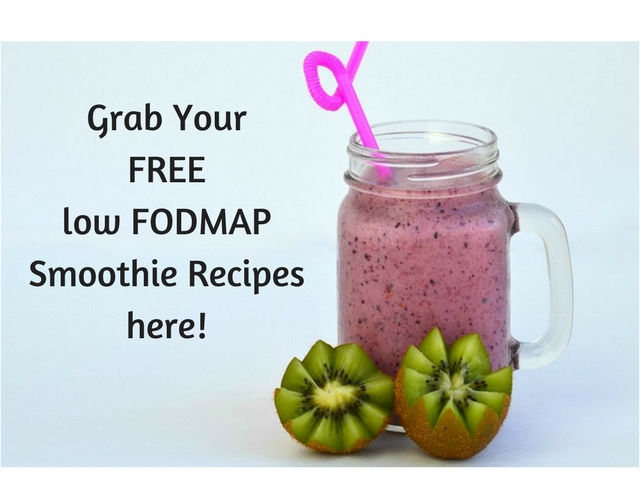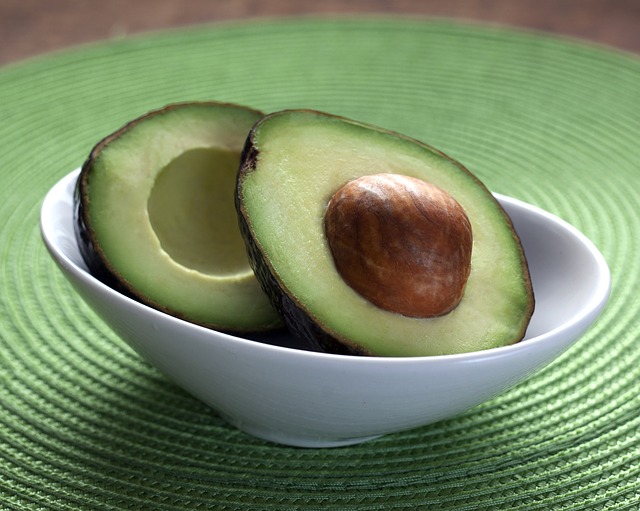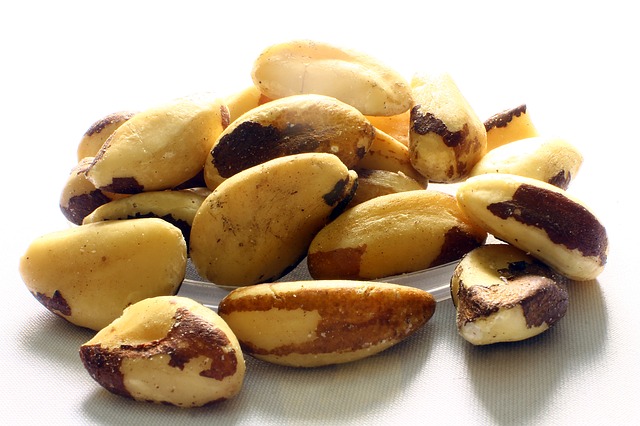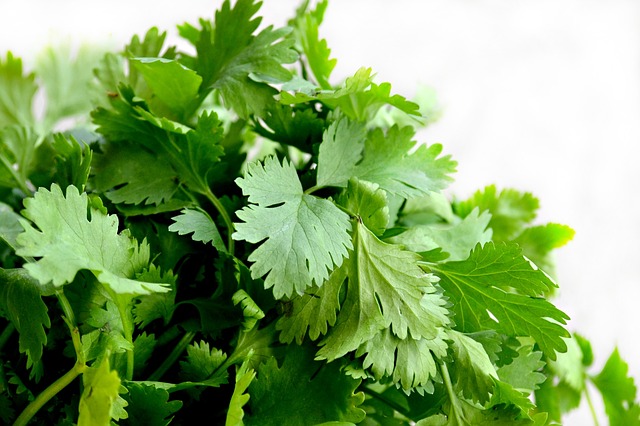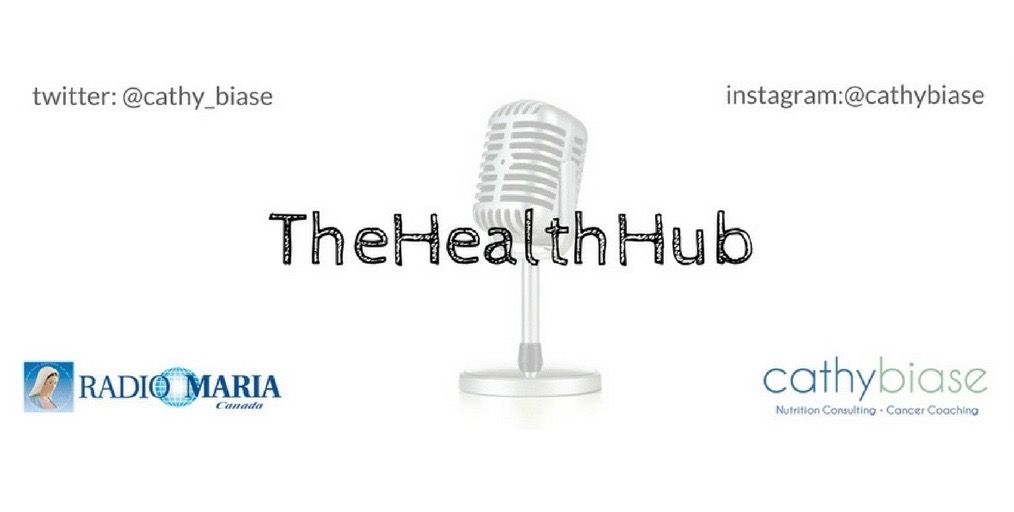I have a new addition to my morning ritual and it’s called Sole. Sole (pronounced Solay) is essentially water that has been fully saturated with a natural salt, preferably Himalayan salt.
Himalayan salt contains approximately 84 naturally occurring trace elements in their natural mineral form. A few of these include sodium chloride, sulphate, calcium, potassium, and magnesium. And because of their structure, the minerals in this salt are very easy for our cells to absorb.
The benefits of Himalayan salt (and of course using Sole) are many and include the following:
- Promotes bone strength
- Supports vascular health
- Promotes blood sugar health
- May aid in peristalsis and improve digestive health
- Supports healthy lungs and respiratory function
- Promotes healthy sleep patterns
- Prevents muscle cramps
- Increases hydration
- Improves circulation
- Increases energy
- Helps to detoxify the body of heavy metals
Making Sole (solay) is easy and I have include the process for you below.
Making Sole
- Fill the jar about 1/4 of the way with Himalayan salt crystals or ¾ full with Himalayan chunks.
- Add filtered water to fill the jar, leaving about an inch at the top.
- Put on lid and gently shake.
- Leave on the counter overnight to let the salt dissolve or chunks to soak.
- If using salt crystals and there is still some salt on the bottom of the jar, the water has absorbed its maximum amount of salt and the Sole solution is ready to use. If using chunks it is assumed that solution is saturated.
- If all of the salt crystals are absorbed, add more salt and continue doing so each day until some remains. At this point water is saturated and you now have a Sole solution.
Using Sole
Consuming Sole is best first thing in the morning and on an empty stomach. Add 1 teaspoon of Sole to 250ml of good quality water and drink.




